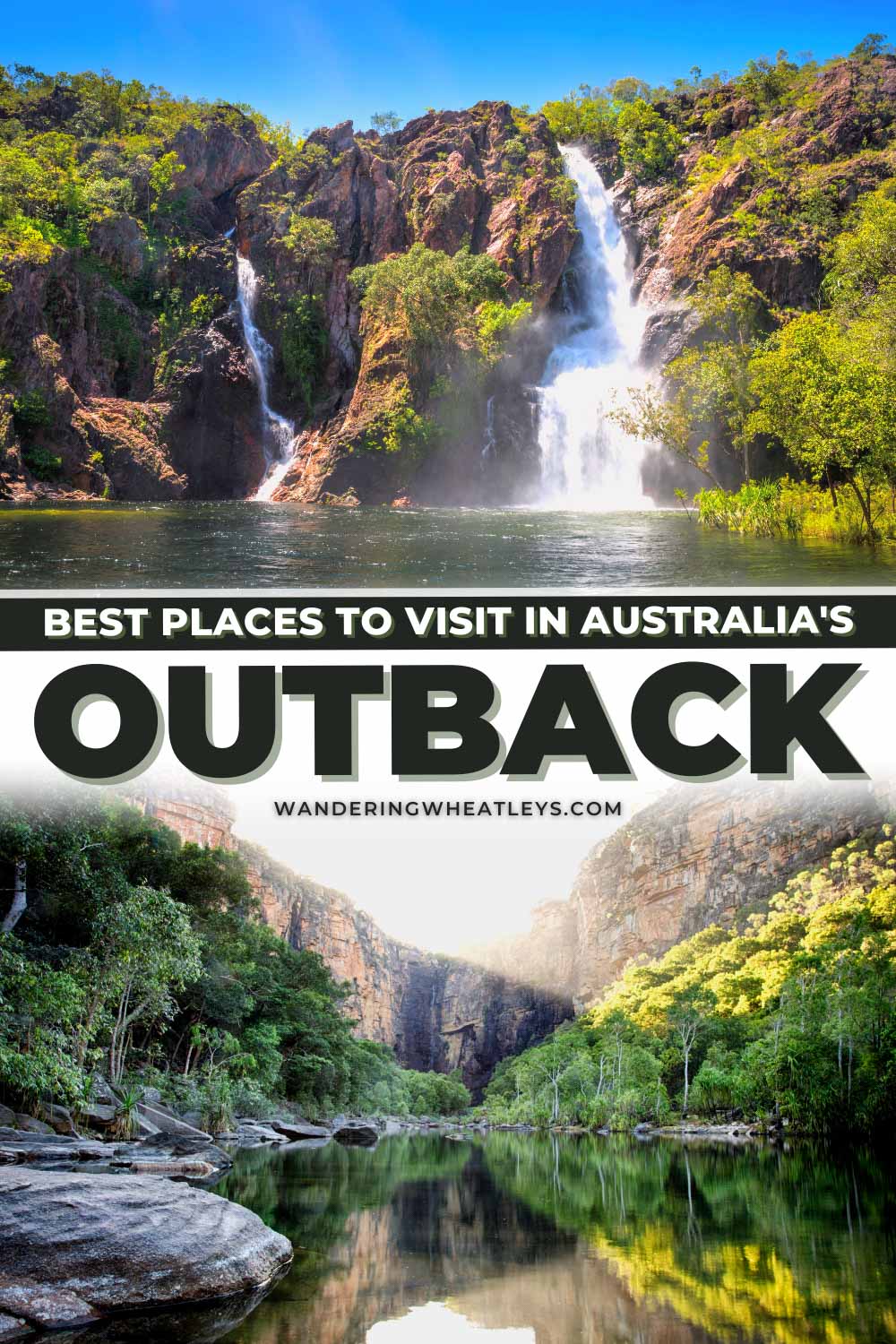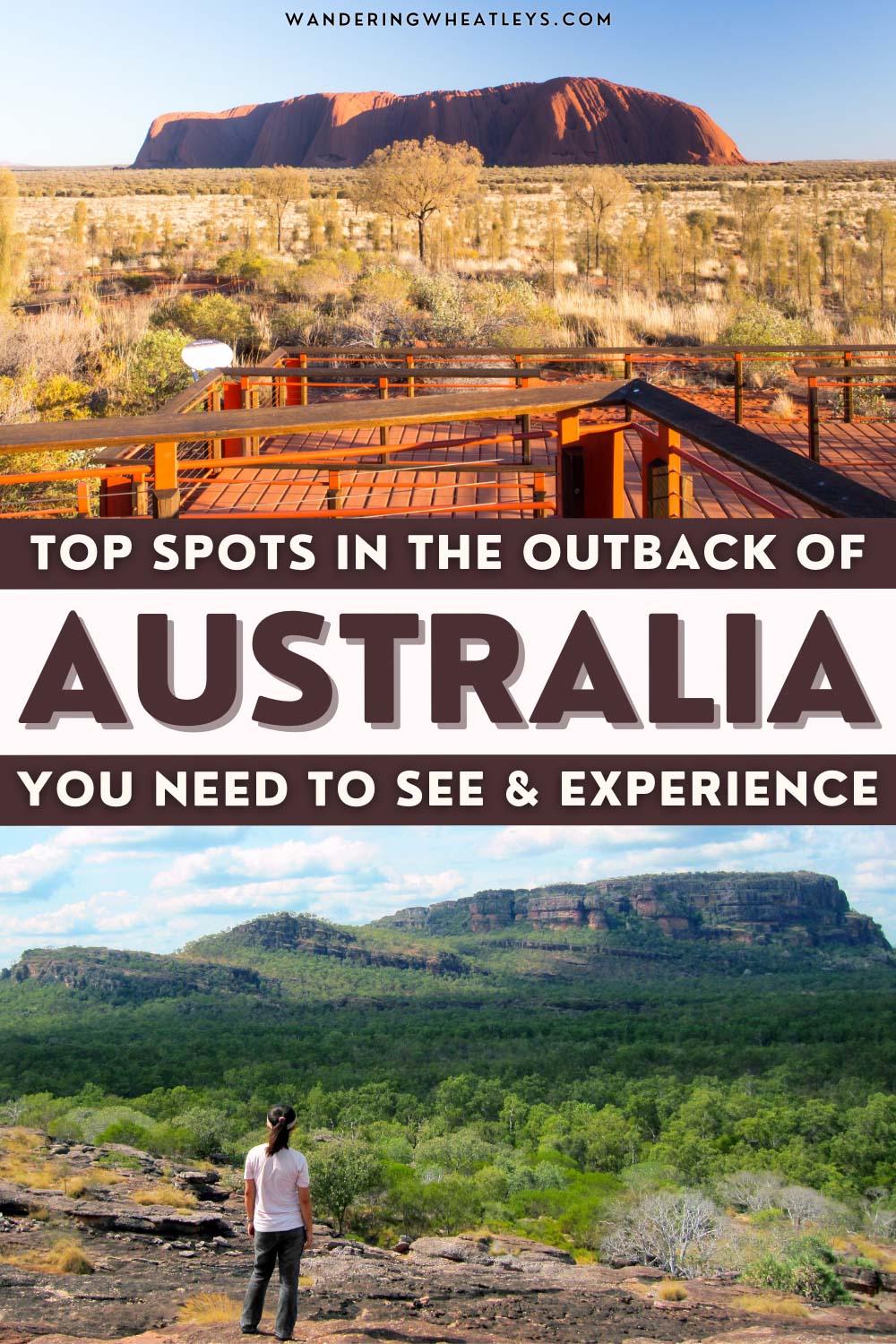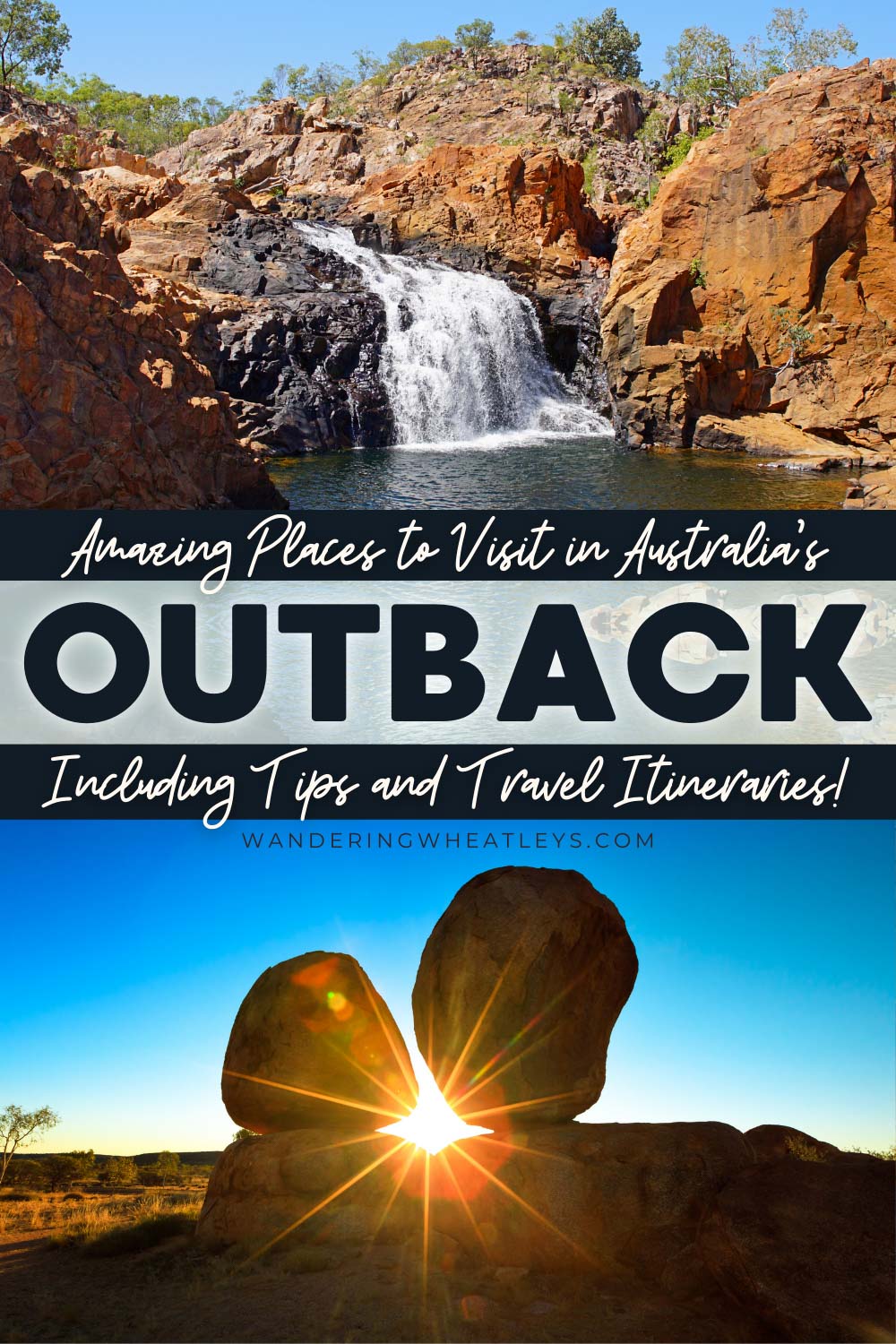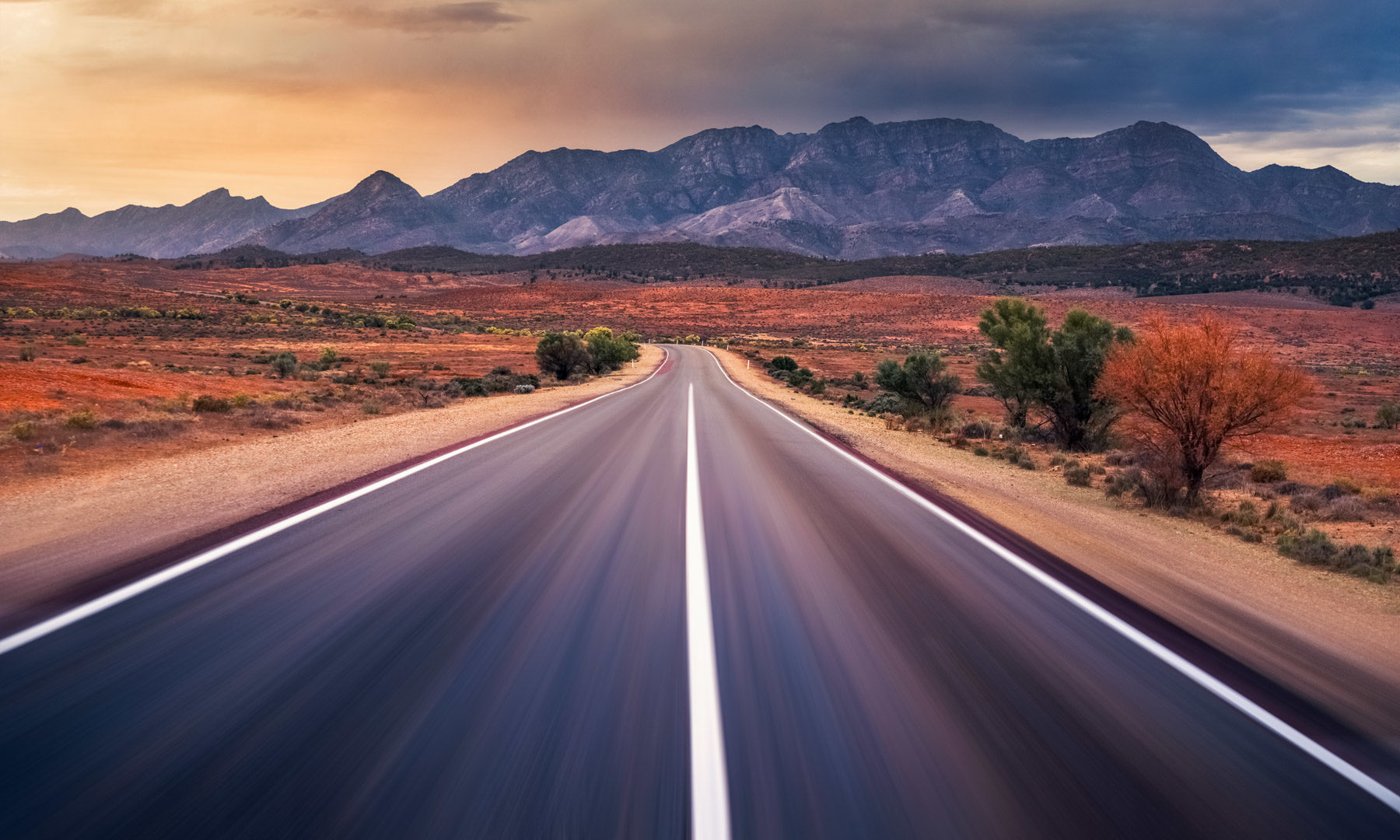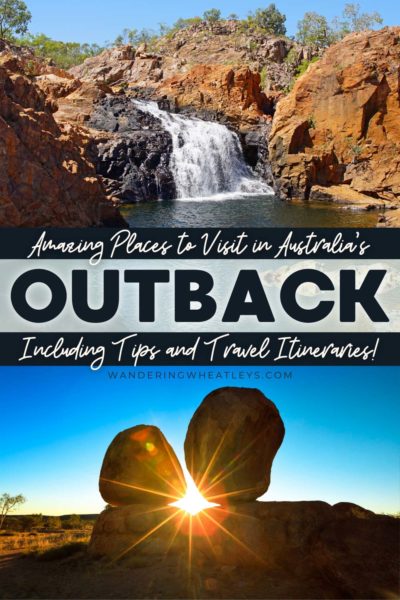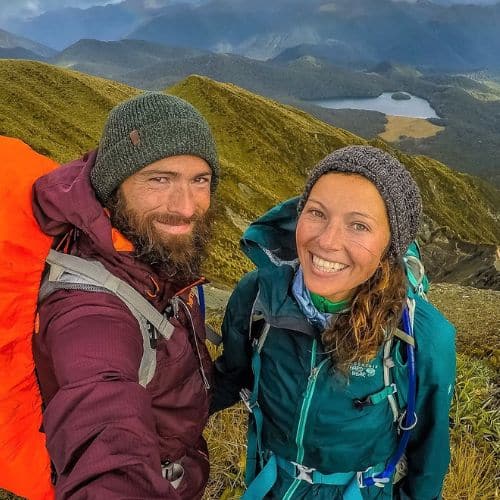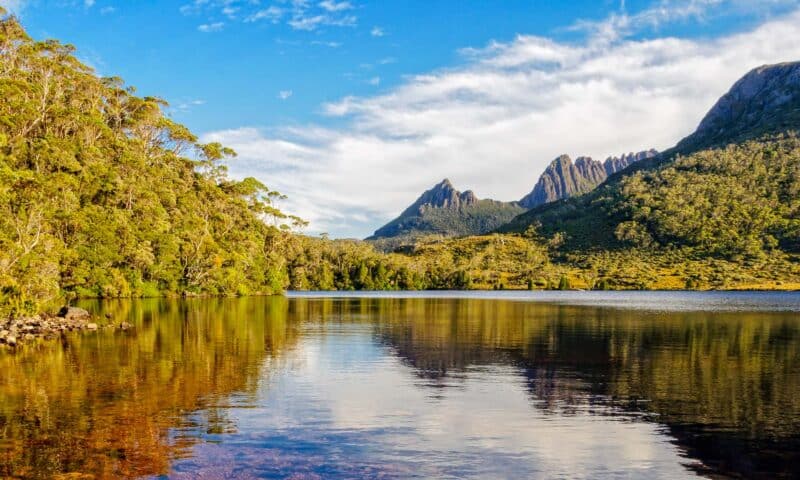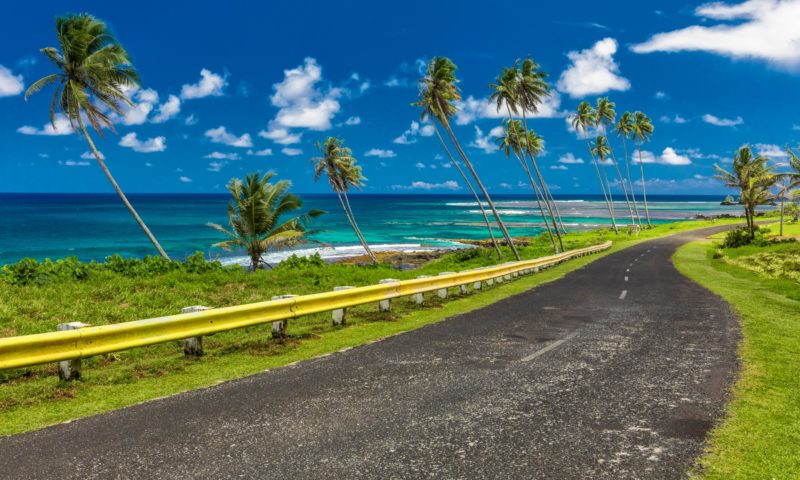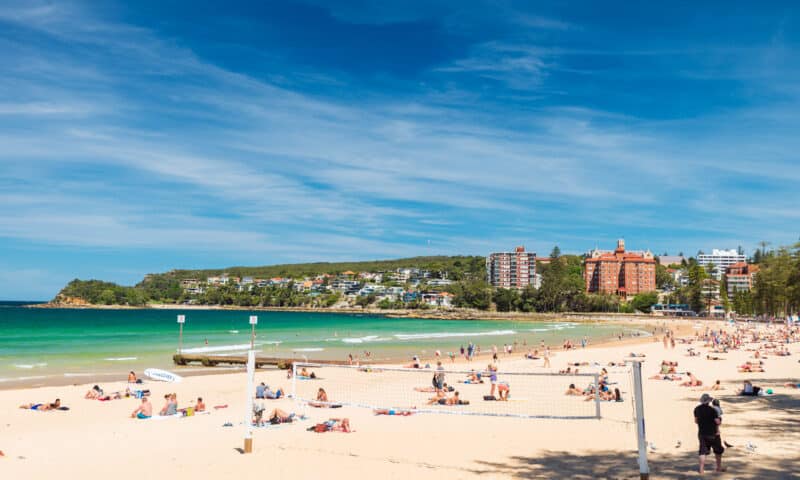The Red Centre of Australia is a fun place to explore – the amazing landscapes make this one of our favorite spots in Australia. With barren deserts and long drives, a road trip in the Outback has many amazing places we did not expect to see. The scenery is unique with mountain ranges, massive canyons, and gorges with permanent watering holes.
While the Outback may not be as “sexy” as a trip to the Great Ocean Road, Sydney beaches, or tropical Queensland, something about the Outback’s raw beauty and spiritual history makes it hard to beat.
The Outback is a perfect place for a 7-14 day road trip. We cover all the highlights in the Outback, a survival guide, and various itineraries for those short on time or looking for a week-long road trip through the Red Centre.
Check out our list of the 13 best places to see in the Outback below!
Content and photographs provided by Yana Kogan and Timon.
Disclaimer: This post may contain affiliate links. If you make a purchase or booking through one of our links we may earn a small commission (don’t worry, it’s at no extra cost to you).
The Outback Travel Guide
Best Time to Visit the Outback
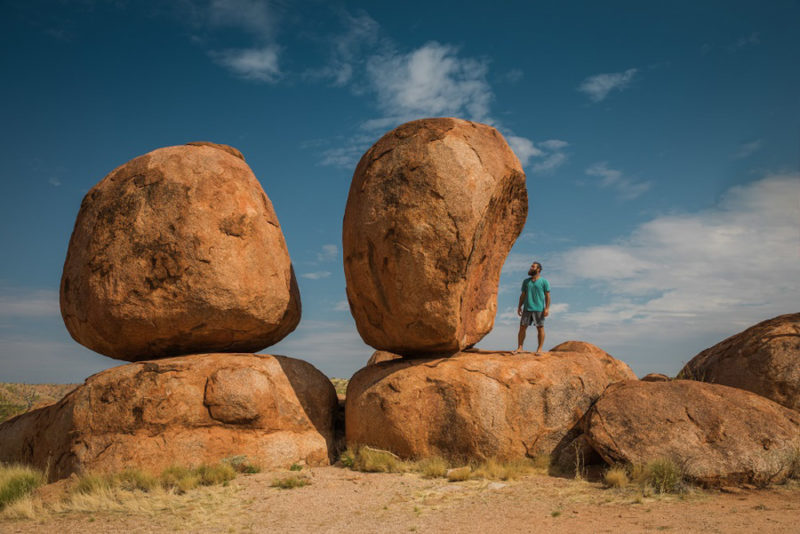
The best time to visit is during the winter months (June – September) when the days are hot but manageable. The temperature drops significantly during the night, so having layers and a light jacket would be a good idea.
Visiting the Darwin region in the summer (wet season) should be avoided at all costs. Not only are temperatures extremely high, but it is also monsoon season and roads are commonly flooded.
How to Get to The Outback
Fly
The cheapest flights are with TigerAir. Flights from Brisbane start from $150 to Darwin or $270 to Alice Springs. From Sydney, flights start from $160 to Darwin or $240 to Alice Springs. Flights from Melbourne start from $180 to Darwin or $200 to Alice Springs.
Rent a Car
Thrifty AU has locations in Darwin and Alice Springs, among other major cities in Australia. They have very competitive rates. Make sure to check and understand the agreement terms for unsealed roads. Most small vehicles do not allow for use off-road, and penalties are excessive.
Rentals in the Outback typically come with 100 kilometers (62 miles) per day with overage charges of around $0.30 per km. Although 100 km per day may seem like a lot, driving distances in the Outback can easily exceed that.
Routes to The Outback
Driving From Queensland
Townsville is the main gateway into the Outback from Queensland. The Flinders Highway (A6) originates in Townsville and connects with Mount Isa and on to the Stuart Highway (87). It is 1,600 kilometers, or two full days driving without stops, to get from Townsville to the Stuart Highway.
The road is sealed with speed limits of 100 km/h in Queensland and 140 km/h in the Northern Territory.
4WD Route From Cairns
If Darwin is your first destination in the Outback and you have time to spare, the Savannah Way (Highway 1) is an excellent 4WD adventure. The beginning stretch from Cairns to Normanton is a sealed road, although there are creek crossings on this route so it is not advised for 2WD.
The real journey begins after Normanton on the stretch between Burketown and Borroloola, a remote area that requires experienced drivers with high clearance 4WD vehicles. Check conditions before going. This road can be flooded and impassable, especially during the summer.
The Savannah Way is a great resource for itineraries and road conditions, and it has contact numbers for emergencies.
Driving from South Australia
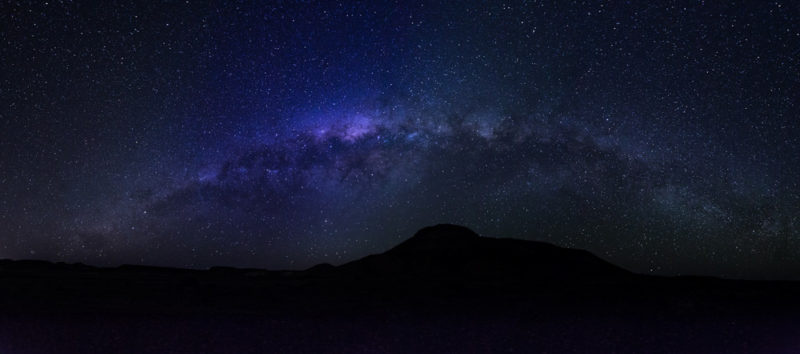
Adelaide is the gateway to the Outback from South Australia. The Stuart Highway originates in Port Augusta, three hours north of Adelaide. From Adelaide to Alice Springs, it is 1,500 kilometers in distance (930 miles), or two very long driving days.
The 13 Best Highlights of the Australian Outback
1. Uluru
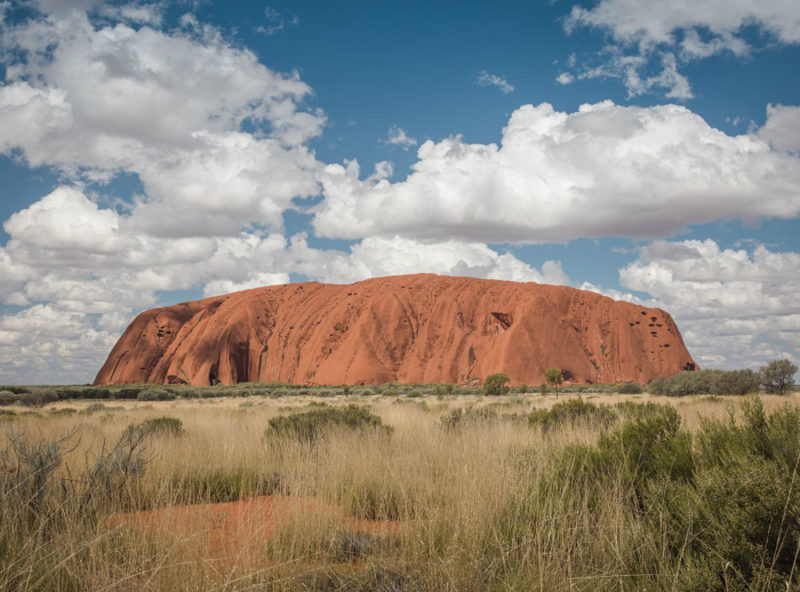
Also known as Ayers Rock, Uluru is the most recognizable landmark in the Outback and one of the top reasons to visit the Land Down Under. Pictures simply cannot do this massive sandstone rock justice. There is something so spiritual being in its presence.
This was one of our favorite places in Australia. We stayed for three days to explore the park and watch the rock glow red at sunrise and sunset. Take advantage of the three-day pass and stay awhile.
Hiking at Uluru
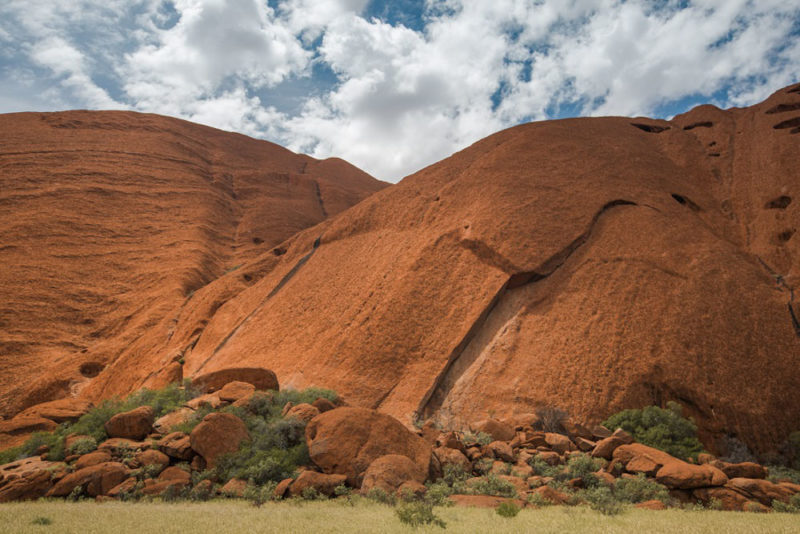
Currently, hiking to the top of Uluru is closed. The local aboriginal Aṉangu tribe does not climb it for spiritual reasons. They also ask that visitors do not climb it out of respect for their traditions.
A good way to explore Uluru is to hike around the base of the entire rock. It is a 10 km (6.2 miles) walk and takes around three hours. The hike begins from the Mutitjulu carpark or Mala carpark. There are several sections along the walk where photography is not allowed as these sites are considered sacred.
Best Sunrise Locations at Uluru
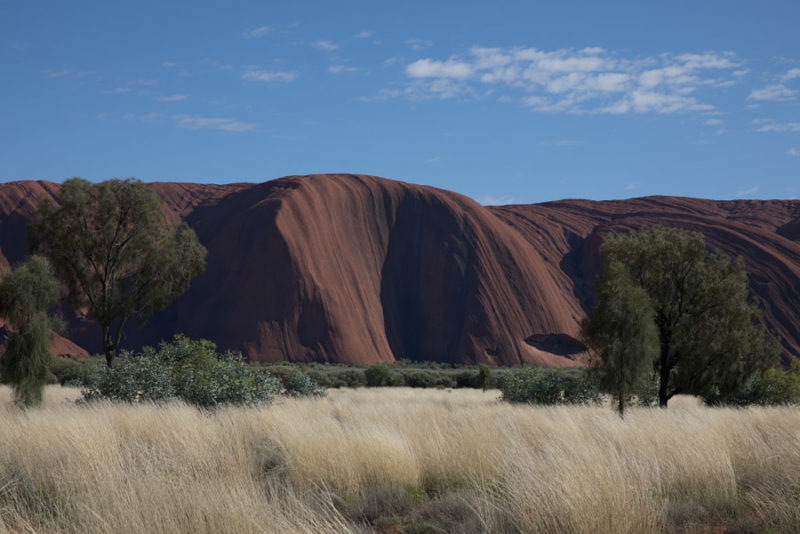
My favorite spot for sunrise is at the end of the sunset car park. There are usually only a few people there. Views are unobstructed with the sun rising behind Uluru.
Although extremely busy, my second favorite spot is at the Uluru sunrise platform. If using a tripod, be sure to show up early for a good spot. This view has the sun rising from behind, which helps capture the glowing red rock.
There are also some nice spots while driving on the road that circumnavigates Uluru.
Best Sunset Locations at Uluru
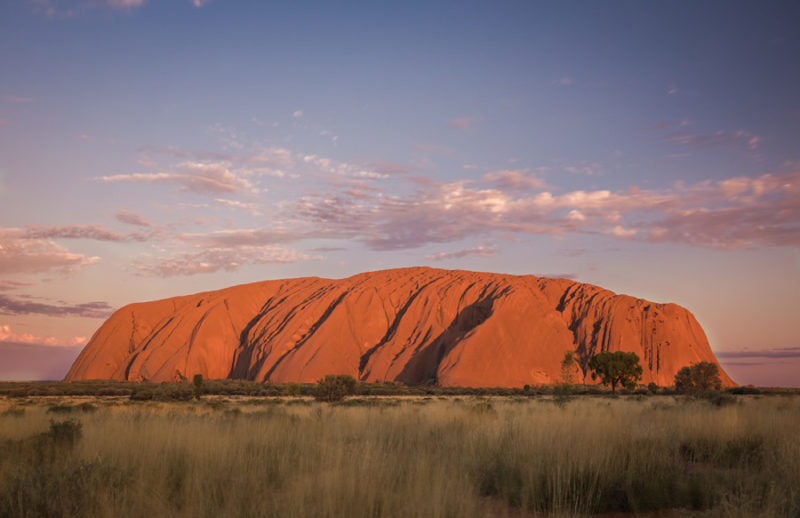
The sunset car park is best for sunset. The crowds will be here watching alongside you, so it is best to arrive one to two hours beforehand. My favorite location is at the very right, after the last few parking spots.
Yulara
All of the accommodation and shops are located outside the park in the town of Yulara. There is a small IGA supermarket to stock up on supplies. There are several restaurants in the small center of the town. It is a 10-minute drive to the park entry gates.
Entrance Fee for Uluru
The entrance fee to Uluru-Kata Tjuta National Park is $38, valid for multiple entries for up to three days.
Camping
The Ayer’s Rock Campground charges per vehicle. The closest free campsite is a 15-minute drive from Yulara at a rest stop along the highway.
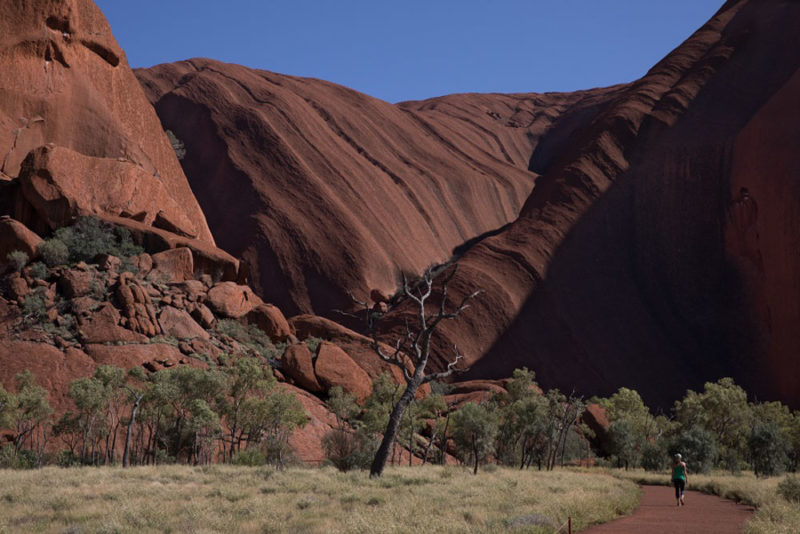
2. Kata Tjuta
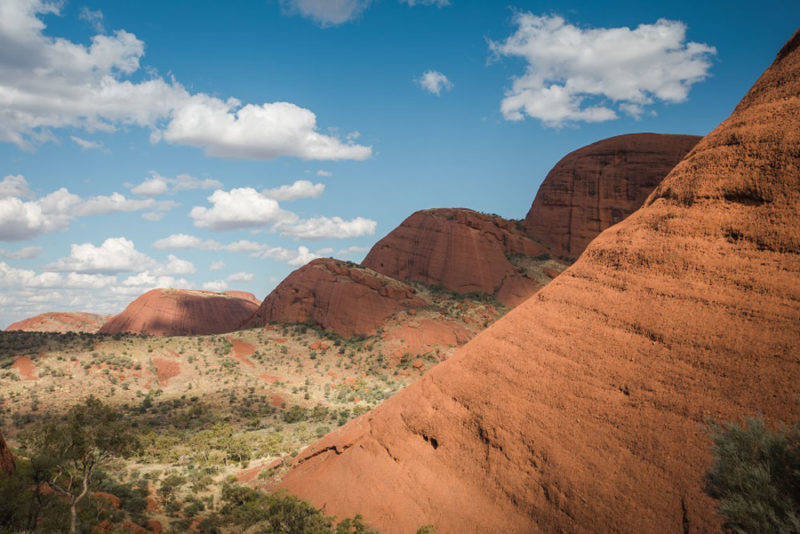
Uluru-Kata Tjuta National Park is not only home to Uluru. Kata Tjuta, also known as the Olgas, is an incredible site in its own right. It is located 45 km (28 miles) east of Uluru, or a one-hour drive.
There are two viewing areas for Kata Tjuta – the one off the main road has panoramic views of all 36 domes but is quite far away. The other is close to the base of Kata Tjuta, but it is somewhat obstructed by trees. My favorite viewing location for photography, including sunrise or sunset, is on the side of the Valley of the Winds access road.
Make sure to explore Kata Tjuta for one day and watch one sunset while visiting the park.
Hiking
The Valley of the Winds is a 3-hour hike that should not be missed. The hike winds through the rock formations next to Mount Olga and through a very scenic valley. This is my favorite hike in the park.
Entrance Fee
The entrance fee to Uluru-Kata Tjuta National Park is $38, valid for multiple entries for up to three days.
Camping
The Ayer’s Rock Campground charges per vehicle. The closest free campsite is a 15-minute drive from Yulara at a rest stop along the highway.
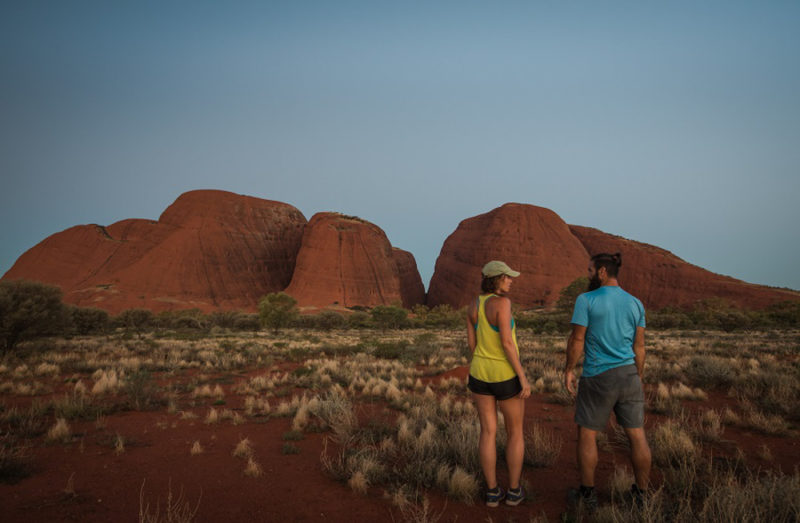
3. Kings Canyon
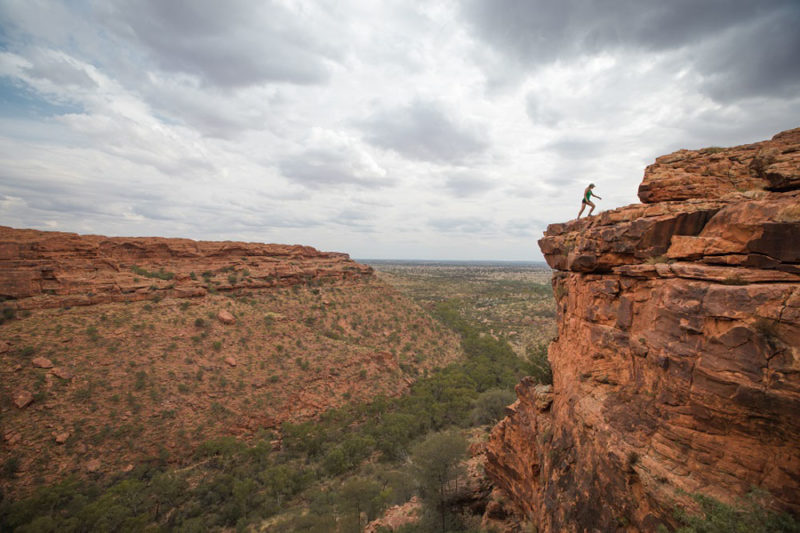
We were pleasantly surprised by this beautiful and massive canyon. The 100-meter (328-foot) cliff walls are sure to make you feel a bit uneasy. It is located four hours north of Uluru, and worth the detour.
There are a couple of walks in the area – the Kings Creek trail is an easy 2 km (1.2 mile) walk that follows the canyon floor.
The best views are on the 6 km (3.7 mile) Kings Canyon Rim Walk. This loop trail has a steep ascent in the beginning and follows the canyon rim allowing for incredible views. There is a short detour that descends down to the Garden of Eden, a permanent waterhole. The entire hike takes about three hours to complete.
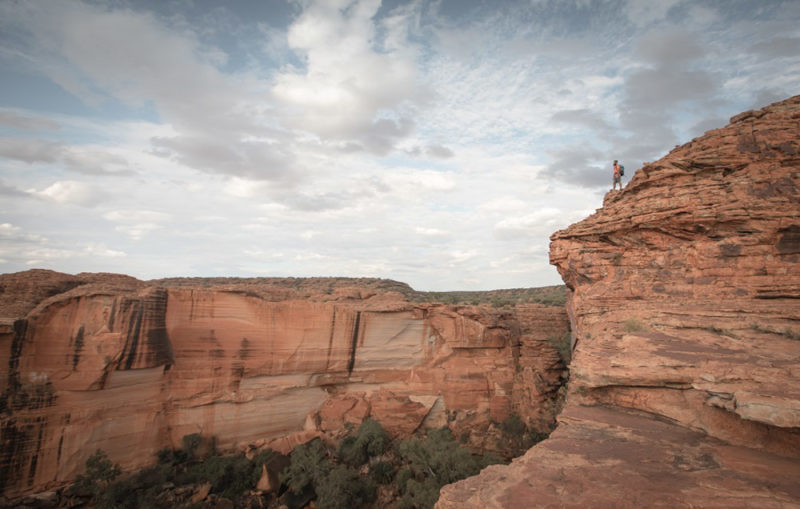
Entrance Fee
Free
Camping
The Kings Canyon Campground has unpowered sites. The first free campground is a rest stop 30 minutes drive toward Uluru.
4. Kakadu National Park
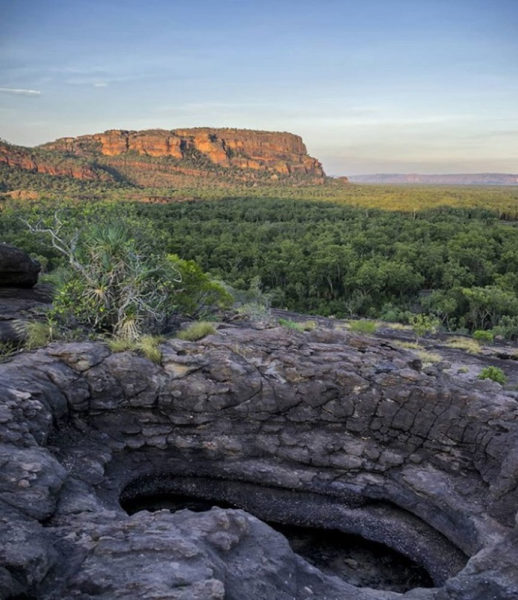
Kakadu National Park, located three hours southeast of Darwin, is the largest national park in Australia. Several different types of landforms define the park, including cliff walls, gorges, and floodplains. The park is known for its waterfalls – Jim Jim Falls, Gunlom Falls, and Twin Falls.
There are many walks throughout the park, the best ones are the Koolpin Gorge Track, the Nawurlandja Lookout, the Barrk Marlam Walk (June – October), and the Twin Falls Plateau Walk. Other activities in the park include boating, fishing, wildlife, and crocodile spotting.
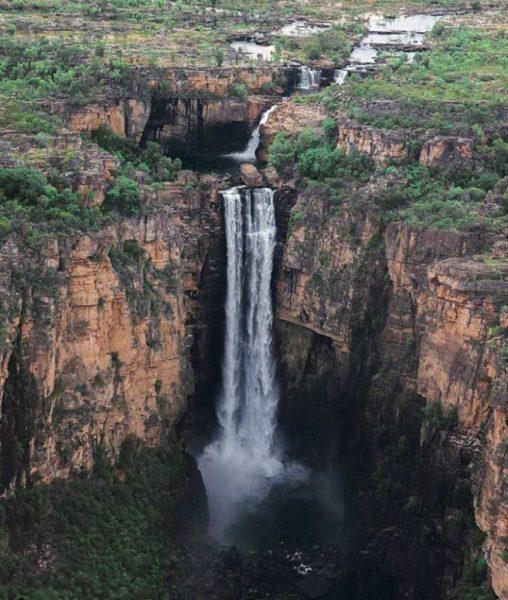
Entrance Fee
A park pass is $25 during the wet season and $40 during the dry season (May – October) which is valid for up to seven consecutive days.
Camping
Kakadu offers free camping and bush camping (walk-in) sites throughout the park. Check the park website for all accommodation options, including campsites.
5. Nitmiluk National Park
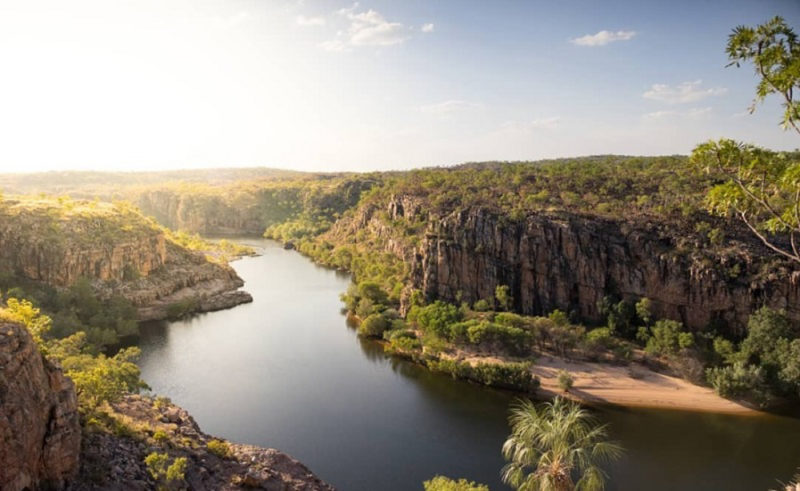
Nitmiluk, formerly known as Katherine Gorge National Park, is located south of Kakadu. The two major highlights at Nitmiluk are the Katherine Gorge and Edith Falls. Several hikes in the park range from two hours to 3-day treks.
Canoeing is also a great way to explore the gorges on the Katherine River. For overnight hiking and canoe trips, camping is available at Dunlop Swamp, Smitt Rock, and Eighth Gorge.
For the ultimate hike, grab a permit and set off on the Jatbula Trail. This is a 4 or 5-night hike starting from Nitmiluk Gorge and ending at Edith Falls.
Entrance Fee
Free
Camping
Bush campsites at the Gorge Caravan Park are abundant, but require a permit from the park office.
6. Litchfield National Park
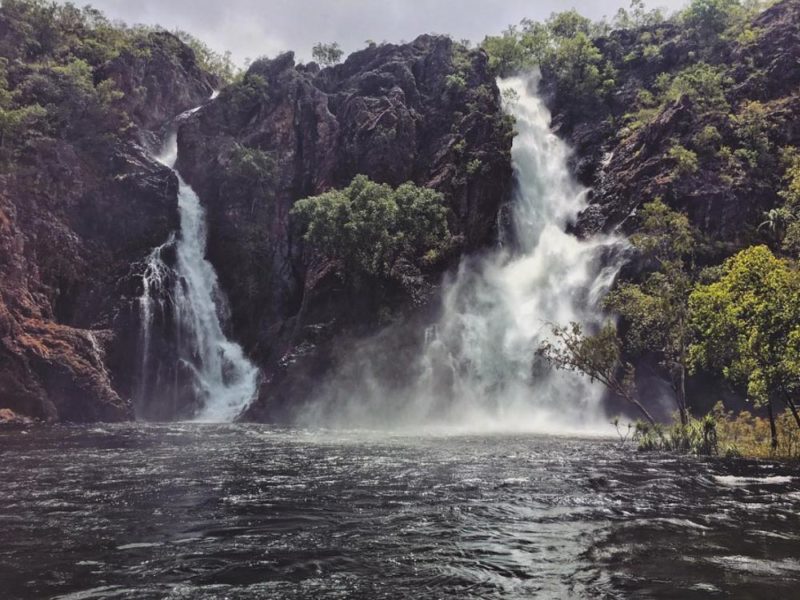
Located two hours south of Darwin, the Litchfield National Park is loaded with single-drop and cascading waterfalls. Popular attractions are Wangi Falls, Tolmer Falls, Florence Falls, and the Buley Rockhole.
The Lost City has impressive sandstone pillars and is an interesting place to visit, but it is only accessible by 4WD. The are several short walks as well as the 3 to 5-day Tabletop Track.
Entrance Fee
Free
Camping
Camping is available at the Wangi and Florence Falls campsites.
7. Karlu Karlu / Devils Marbles Conservation
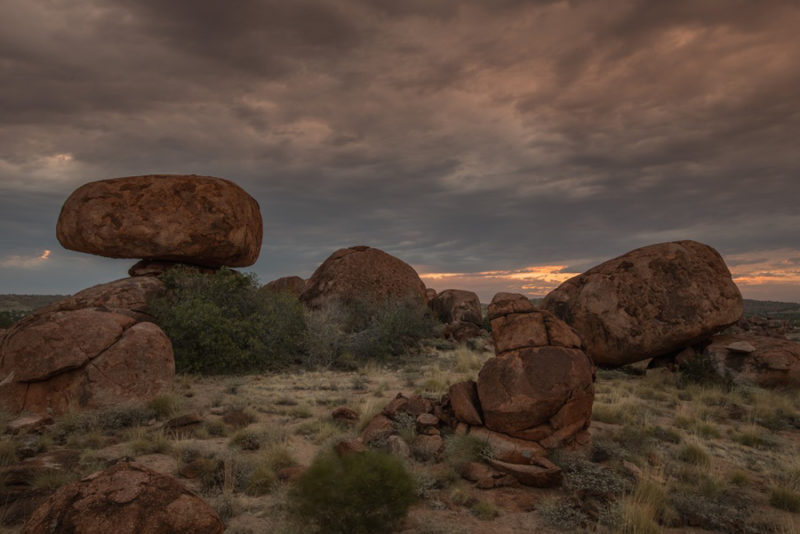
The Devil’s Marbles Conservation area is a bizarre and beautiful place to visit. It is full of round rock formations that precariously sit atop of one another. The natural process of erosion and weathering has changed the shapes of the granite stone to resemble round marbles, hence the name of the conservation.
Access is directly off the Stuart Highway. There are several short trails that take two to three hours to visit. This is a great location for sunrise and sunset photography, as well as astrophotography if the conditions are right.
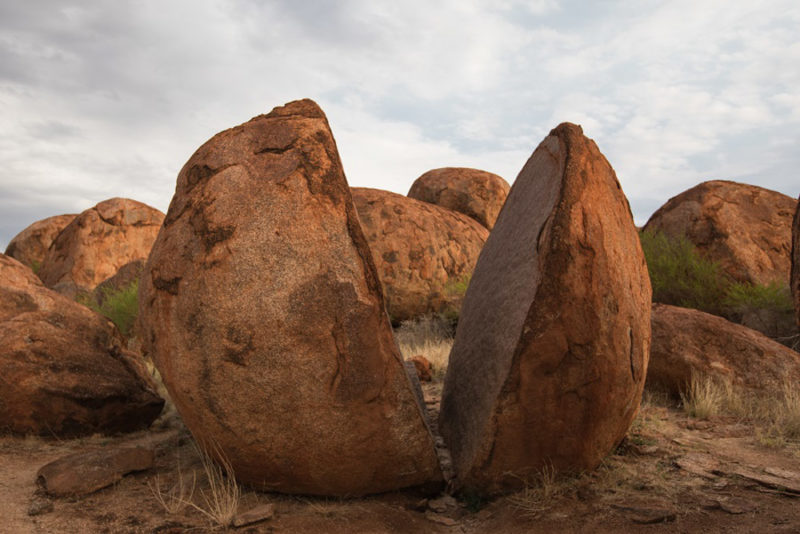
Entrance Fee
Free
Camping
There is a basic campground (toilet, no other facilities) with fire pits at Devil’s Marbles. The closest places with facilities are Tennant Creek Caravan Park (100 km north) and Barrow Creek Motel (130 km south).
8. West McDonald Range
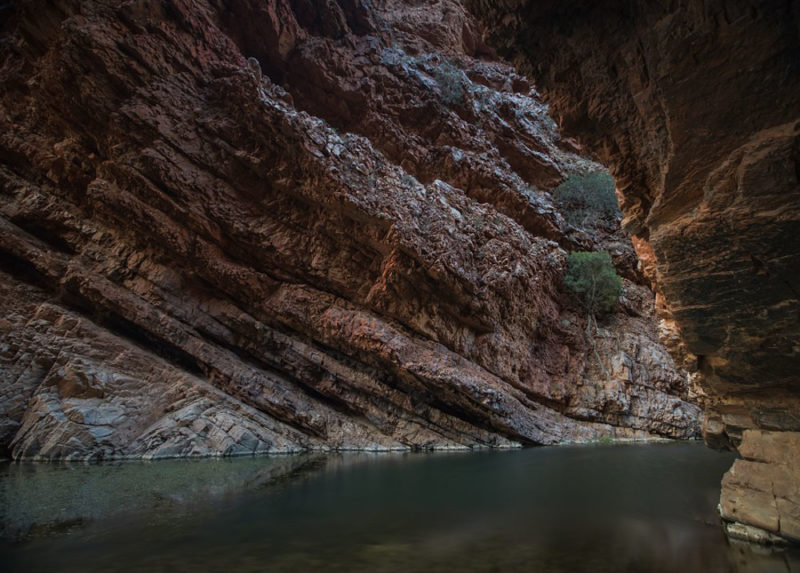
The West McDonald Range is only a short drive from Alice Springs and is a great place to explore. Who would have thought that the Outback has pristine swimming holes and beautiful gorges? Not us!
The best places to stop are the Simpsons Gap, the Standley Chasm, Ellery Creek, Serpentine Gorge, Ochre Pits, Ormiston Gorge, and Redbank Gorge. Each gorge is a 10 to 30-minute walk from the highway. Ellery Creek and Redbank Gorge were our favorites as both had a watering hole, perfect for an afternoon dip.
Our favorite hike was the Counts Point return which is a 13 km (8 miles) loop hike from the Serpentine Gorge. If you are up for a challenge, the 223km (138 miles) Larapinta Trail should be on the list. This hike traverses the range in 13-16 days. It should only be attempted during the winter months.
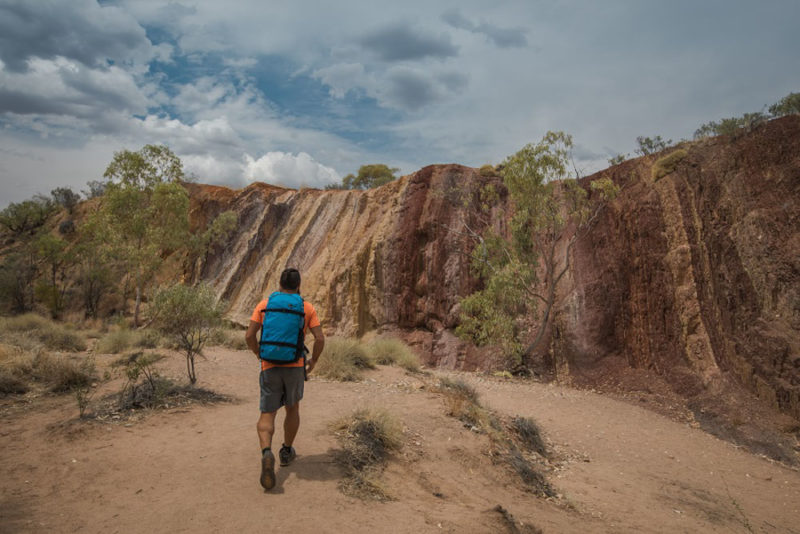
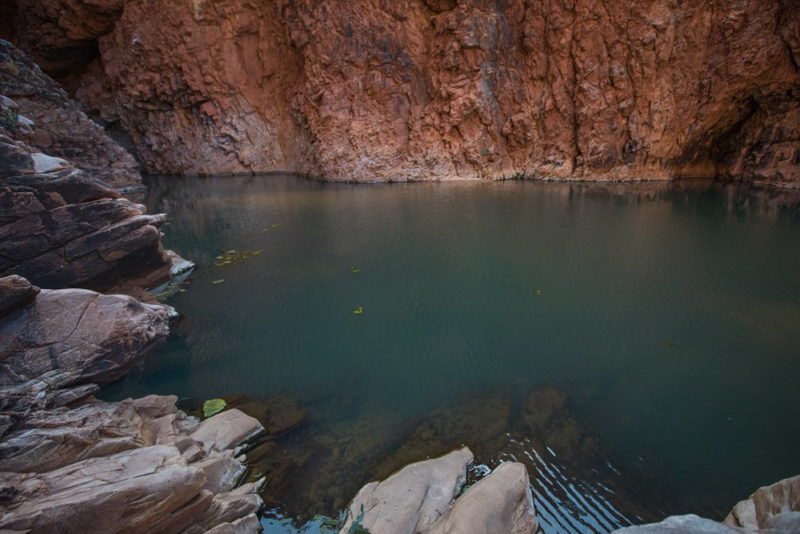
Entrance Fee
All gorges and sites are free except for the Standley Chasm which costs $12 per adult entrance, or $18.50 for overnight camping which includes the entry.
Camping
There are several free campsites along the West McDonald Range on Larapinta Drive. All of the gorges listed above have campsites which range in cost depending on the facilities.
9. Mereenie Loop Road
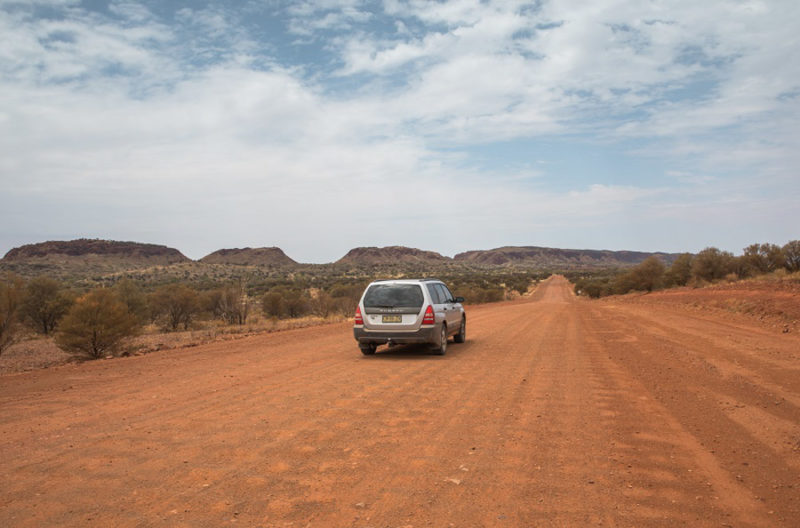
Mereenie Loop Road is an awesome way to get the Outback drive experience; no 4WD required (mostly). This road links the West McDonald Range and Kings Canyon so you don’t have to backtrack through Alice Springs.
The private road cuts through aboriginal land and is officially considered a 4WD-only road. However, with a bit of confidence, the road is an easy drive unless it has recently rained. We did it in our AWD Subaru Forester.
There are sections that are heavily corrugated and get quite bumpy, so you should drive slow but most of the drive is quite easy and smooth. There is absolutely nothing on this road and very few cars pass by, so make sure to have enough petrol. Also, bring extra water just in case. This is a 2-3 hour drive.
Note: Before attempting this drive make sure to check conditions at Glen Helen Lodge or Kings Canyon Resort. The Alice Spring Visitor Center directed us there for the latest road conditions. One night of rain can make this road impassable.
Entrance Fee
A permit fee is payable at the Alice Springs Visitor Center, the Kings Canyon Resort, or the Glen Helen Lodge. We never had our permit checked but I would get one anyway.
Camping
There is no accommodation or camping allowed on this drive. There are campsites and accommodation at both ends in Glen Helen or near Kings Canyon.
10. Oodnadatta Track
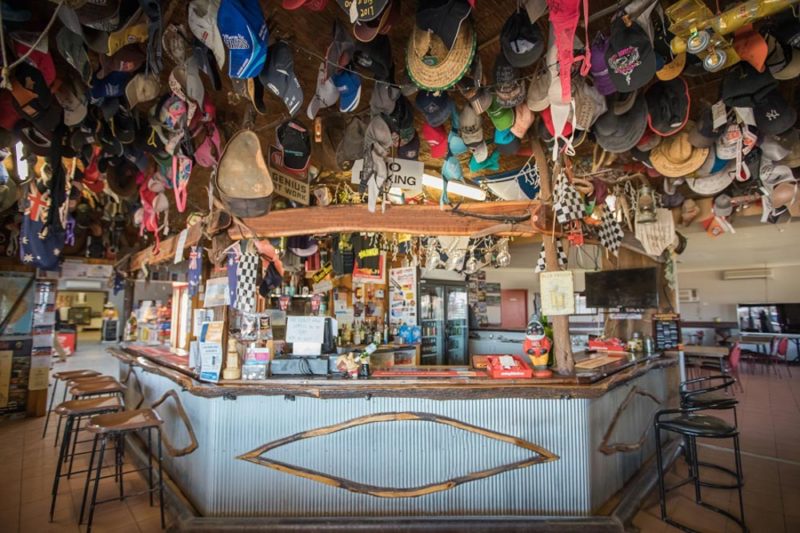
This 620 km (384 miles) multi-day drive is a true Outback adventure. The journey is possible on 2WD vehicles during the dry season. The track follows the abandoned Ghan rail line with several stops, including abandoned ruins, salt lakes, and natural springs. Some of the main stops are Lake Eyre, Wabma Kadarbu Mound Springs, Coward Springs, the Hergott Springs, and the William Creek Hotel (the only pub on the drive).
The drive is between Marree and Marla, with fuel stops at Marree, William Creek, Oodnadatta, and Marla.
Note: Before attempting check with the Pink Roadhouse for the latest track information.
Entrance Fee
Free
Camping
There are basic campgrounds at Coward Springs.
11. Breakaways Conservation Park
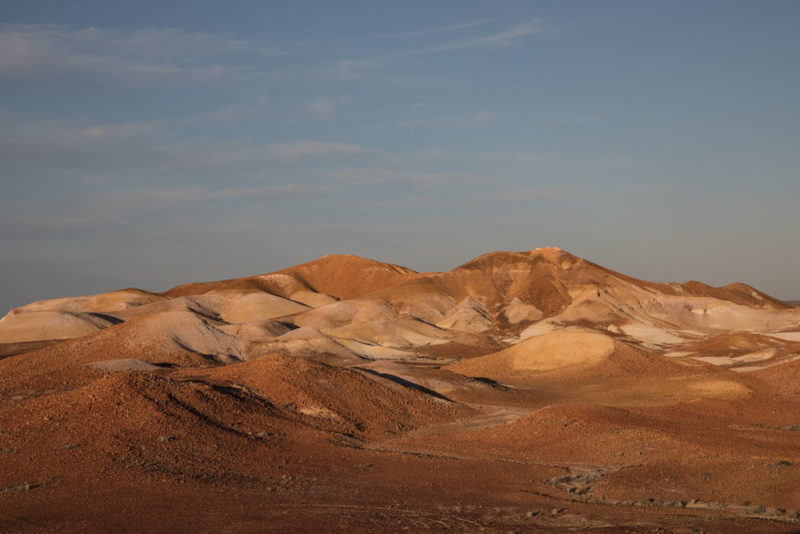
The Breakaways Conservation Park has low hills with incredible colors from centuries of erosion. Several gravel roads lead to different views of the park. The overlooks are a great spot to watch the sunset.
These rock formations are located 30 km (18 miles) north of Coober Pedy. From the Stuart Highway, there is a well-conditioned 16 km (10 miles) gravel road to the park.
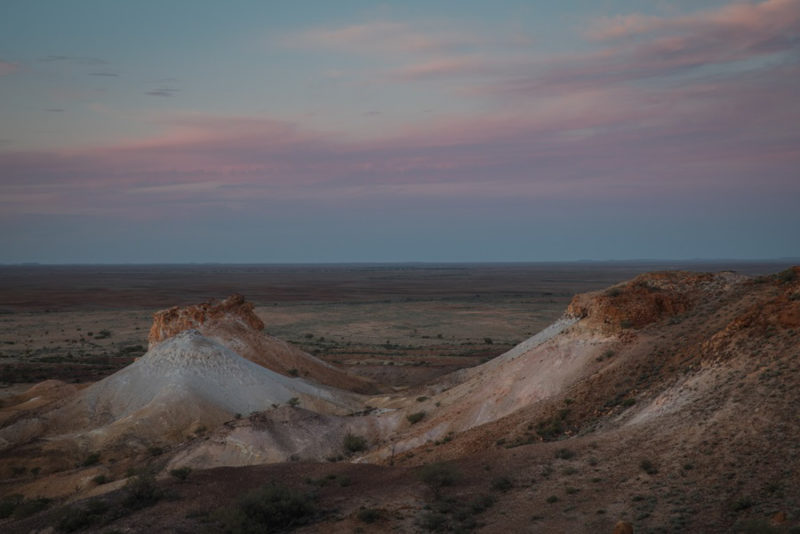
Entrance Fee
Free
Camping
There is no accommodation or camping allowed in the conversation area. The closest option for accommodation is Coober Pedy which has free campgrounds and several hotels.
12. Lake Hart
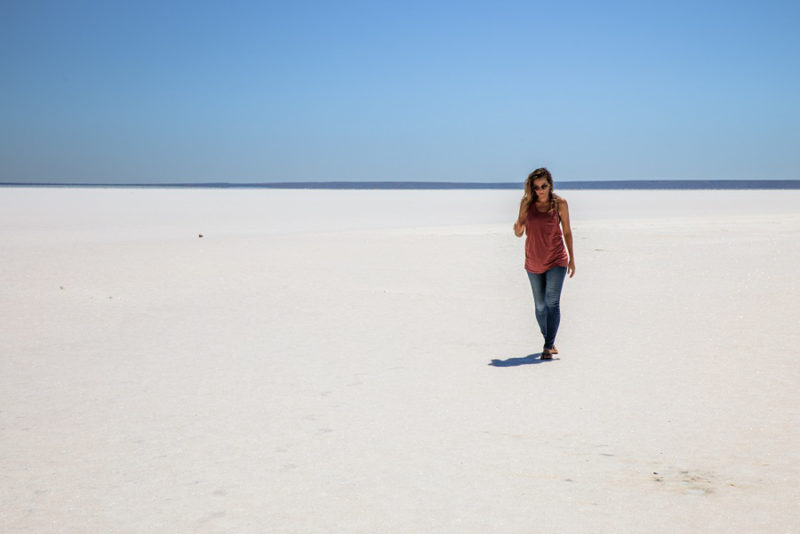
This large salt lake is something out of the ordinary and worth a short stop on the way to or from Adelaide. It is located 40 km (25 miles) north of Pimba and 327 km (200 miles) south of Coober Pedy. The lake is only a 5-minute walk from the highway.
Entrance Fee
Free
Camping
There is a free Lake Hart Rest Area with no facilities.
13. Flinders Ranges
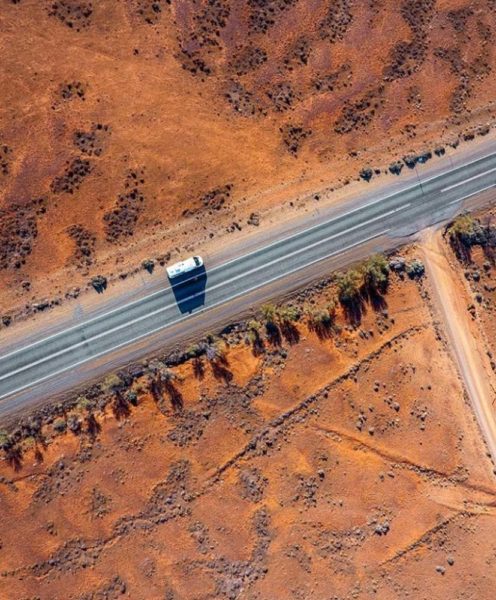
The largest mountain range in South Australia is 450 km (280 miles) north of Adelaide. The best section of the Flinders Ranges is within the Ikara-Flinders Ranges National Park. This is the southernmost part of the Outback.
The park is known for outstanding wildlife and great hiking opportunities. The Bunyeroo Gorge is a nice scenic drive. For those not intending to hike overnight, Razorback Lookout is a great sunset location.
The Wilpena Pound also has several great hikes. The St Mary Peak loop is a 21.5 km (13 miles) overnight hike and the Wangara Lookout is a nice 7-8 km (5 miles) day walk with panoramic views.
Entrance Fee
$12 per vehicle
Camping
Several campsites are available in the Flinders Ranges, which you can book online. The Wilpena Pound Resort campgrounds are a bit more pricey.
A 3-Day Uluru Itinerary
If you are really squeezed for time, three days is enough to check Uluru off your bucket list. Book flights in and out of Alice Springs.
- Day 1: Wake early and drive from Alice Springs to Yulara, a five and half hour drive. Stop at the overlook for Mt. Connor, also known as Fool-uru. Immediately, head to the national park and spend the next three hours hiking around the base of Uluru, starting from the Mutitjulu watering hole. If short on time, it’s still worth it to walk around the base for 30 or so minutes. Stay for sunset.
- Day 2: Head to Uluru for sunrise from the sunrise car park. Afterward, head back to Yulara for breakfast. After lunch, drive out to Kata Tjuta for the afternoon. Hike the Valley of the Winds walk and stay for sunset. Make sure to drive back before the gates close.
- Day 3: Watch the sunrise from the sunset viewing in the car park and enjoy a picnic breakfast at the visitor center. After soaking it all in at Uluru, head back to Alice Springs for your departure flight.
Note: Alice Springs is the central hub of the Outback. However, there is little reason to stay in Alice Springs other than to restock and gather free maps and information from the visitor center.
The 7-Day Outback Itinerary
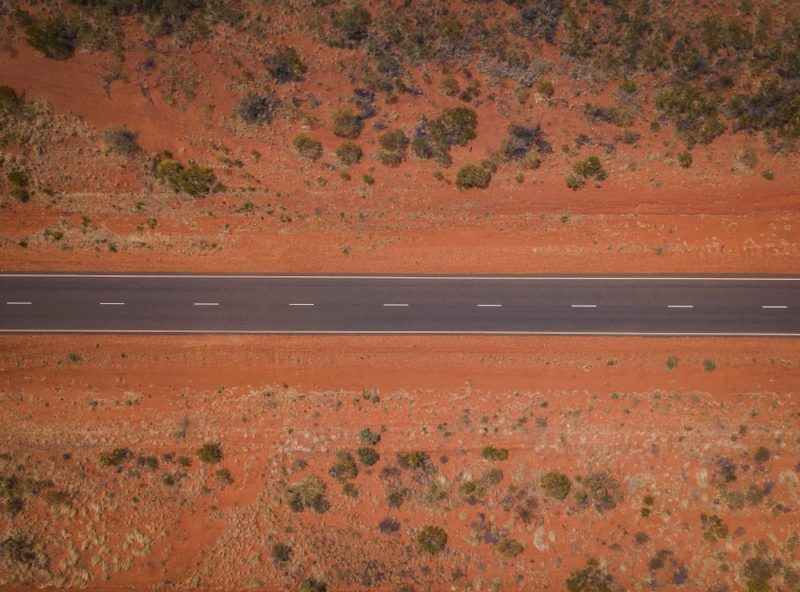
To hit all the highlights of the Outback, seven days is a perfect way to explore the region. To maximize your time, fly to Darwin or Alice Springs and rent a car. This suggested itinerary can be done in either direction.
- Day 1: Stock up in Alice Springs and hit the road to explore the waterholes and hikes in the West McDonald Range. Camp at one of the campsites.
- Day 2: Drive the Mereenie Loop Road to Kings Canyon and hike the rim walk. Stay for sunset and camp near Kings Canyon Resort.
- Day 3-4: Explore Uluru and Kata Tjuta with two sunrises and sunsets. Stay in Yulara.
- Day 5: A long driving day with a sunset stop at Devils Boulders. Camp at the Devils Boulders campground.
- Day 6: Sunrise at Devils Boulders and a long driving day to Katherine.
- Day 7: Hike or canoe in the Katherine River Gorge and drive up to Darwin to finish the 7-day road trip.
Ultimate 14-Day Road Trip in the Outback
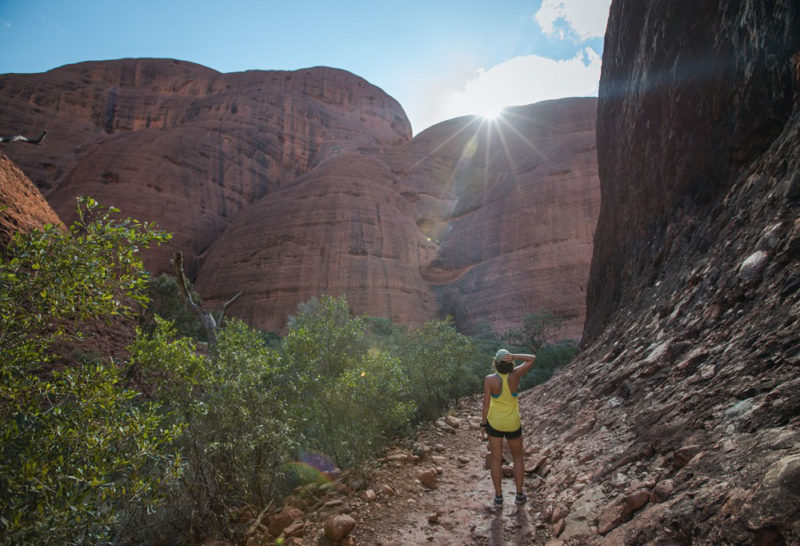
Be mentally prepared for several long driving days with no stops. Two weeks in the Outback is a perfect amount of time to soak in all the highlights. Whether you drive in from South Australia, Queensland, or fly into Darwin, two weeks allows for at least one full day at all the best spots.
- Day 1-3: Hike in Flinders Ranges or drive the Oodnadatta Track to Marla. Head towards Uluru.
- Day 3-5: Explore Uluru and Kata Tjuta for two days seeing all the sunrises and sunsets.
- Day 6: Drive four hours to Kings Canyon. Hike the rim walk.
- Day 7-8: Drive the Mereenie Loop Road and explore the watering holes in the West McDonald Ranges. Head towards Darwin.
- Day 9-10: Marvel at the Devils Boulders on the way to Katherine.
- Day 11: Canoe or Hike in the Katherine River Gorge.
- Day 12-13: Hike and explore the Kakadu National Park.
- Day 14: Check out all the waterfalls and watering holes in Litchfield National Park. Head to Darwin.
What to Bring to the Outback
Food – We expected prices to be much higher in Alice Springs, which they were not, so try not to bring too much. Stock up on a few essentials such as canned goods and non-perishable items that will last while in a hot car. Alice Springs has full-size supermarkets and Uluru has a normal size IGA. It is a good idea to have 3-4 days of food.
Alcohol – NT has some strange laws on alcohol, so definitely stock up on it for the duration of your trip. Alice Springs is the only place with proper liquor stores but the prices were higher than in the rest of Australia. The law prohibits sales during certain hours and regulates the quantity of liquor sold (especially when purchasing cask wines or goon).
Fuel – If you’re going on a 4WD adventure, carry a 10L or 20L can of extra petrol.
Apps for Australia
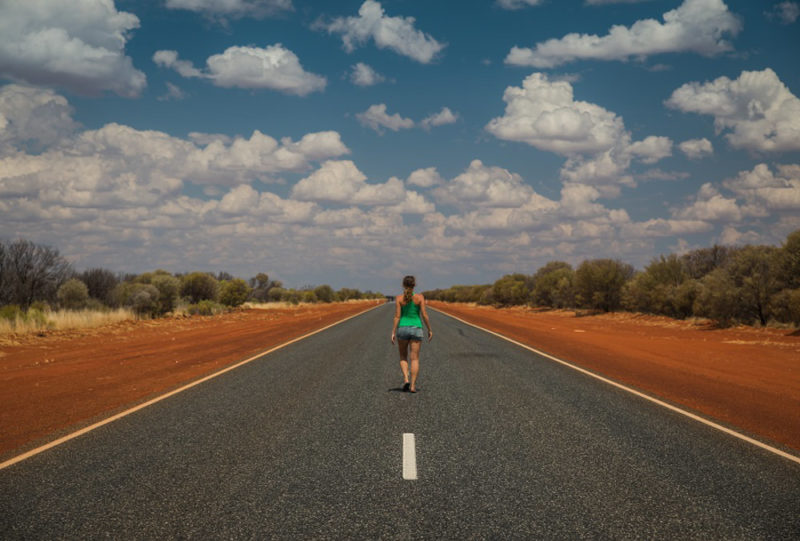
There are two apps to download before heading to Australia. Campermate is a free app that provides information on campsites, things to see, petrol, and lots more.
WikiCamps Australia is a paid app that has tons of information and user comments. The comments can be downloaded ahead so the entire app is available offline. WikiCamps is great for its extensive list of campsites and comments to help provide information and suggestions.
Important Things to Know About The Outback
Fuel – petrol is more widely available than expected in the Outback. With that said, it is normal to have a 200 km (125 miles) stretch between petrol stations. Most roadhouses have petrol. My rule of thumb was no matter what the price, fill up at every possible place.
Roadhouses – Roadhouses are few and far between, usually with nowhere else to stop. Roadhouses have petrol and sometimes a small general store. They always have camping options, food, and beer available.
Driving at Night – Unless you have to, do not drive at night. It simply is not safe. It gets very dark in the Outback, there are no road lights, and there is an abundance of wildlife. If you plan on staying for sunsets, make sure to drive very slow on the way back to your accommodation.
Lock Car Doors – We heard on a few occasions, especially at Uluru, of things getting stolen. It almost always occurred with unlocked car doors. And it typically happened in the middle of the night, even with people sleeping in the car. Make sure to always lock your doors. As a rule of thumb, do not stay at a rest stop or campsite unless there is another car there.
That’s it – we hope you have an amazing time exploring these spots to see in the Outback!
Planning a trip to Australia? Check out our favorite books and travel guides!
SHARE THIS ON PINTEREST
